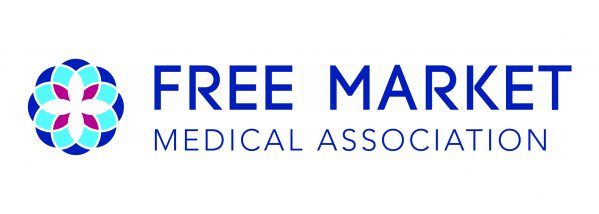How Managed Care is Reshaping Primary Care Practices In recent years

the landscape of healthcare delivery has undergone significant changes, with managed care playing a pivotal role in this transformation. Primary care, often considered the backbone of the healthcare system, has been particularly affected by these shifts. This blog post explores the various ways in which managed care is reshaping primary care practices, highlighting both the challenges and opportunities that arise from this evolving relationship.
## The Shift Towards Value-Based Care One of the most significant impacts of managed care on primary care practices is the push towards value-based care models. Traditional fee-for-service systems are gradually being replaced by payment structures that emphasize quality outcomes over quantity of services provided. This shift requires primary care physicians to:
1. Focus more on preventive care and chronic disease management
2. Implement robust patient monitoring and follow-up systems
3. Adopt evidence-based practices more rigorously 4. Collaborate more closely with specialists and other healthcare providers While this transition can be challenging, it ultimately aligns the interests of primary care providers with those of their patients and the broader healthcare system.
Enhanced Use of Technology Managed care organizations often require primary care practices to adopt new technologies to improve efficiency and data reporting.
This has led to:
Widespread implementation of Electronic Health Records (EHRs)
Increased use of telemedicine platforms
Adoption of population health management tools
Integration of clinical decision support systems
These technological advancements, while initially disruptive, can significantly improve patient care coordination, reduce medical errors, and enhance overall practice efficiency.
Changes in Practice Structure The demands of managed care have catalyzed changes in how primary care practices are structured.
We're seeing: 1. A trend towards larger group practices or hospital-owned practices
2. The emergence of Patient-Centered Medical Homes (PCMHs)
3. Increased hiring of non-physician providers (e.g., nurse practitioners, physician assistants)
4. Creation of care coordination teams within practices
These structural changes allow practices to better meet the comprehensive care requirements of managed care contracts while distributing the increased administrative burden.
Focus on Care Coordination Managed care emphasizes the importance of coordinated care, placing primary care physicians at the center of patient health management.
This has led to: - Increased responsibility for care transitions (e.g., hospital to home)
More robust referral management processes
Greater emphasis on interdisciplinary teamwork
Implementation of care management programs for high-risk patients
While this expanded role can be demanding, it also elevates the importance of primary care within the healthcare ecosystem.
Quality Metrics and Reporting Managed care contracts often tie reimbursements to quality metrics, reshaping how primary care practices operate.
This has resulted in:
1. Implementation of quality improvement initiatives
2. Regular tracking and reporting of clinical outcomes
3. Increased focus on patient satisfaction measures
4. Adoption of standardized screening and preventive care protocols
While the administrative burden of tracking and reporting these metrics can be significant, it also provides valuable data for improving patient care and practice performance.
Patient Engagement and Education Managed care's emphasis on preventive care and chronic disease management has pushed primary care practices to enhance their patient engagement efforts. This includes
Developing robust patient education programs
Implementing shared decision-making processes
Utilizing patient portals for better communication
Offering group visits for patients with similar health conditions
These initiatives can improve patient outcomes and satisfaction, although they require additional time and resources from already busy practices.
Financial Implications The shift towards managed care has significant financial implications for primary care practices:
1. More complex billing and coding requirements
2. Potential for value-based bonuses or penalties
3. Need for investment in technology and infrastructure
4. Changes in reimbursement models (e.g., capitation, bundled payments) While these changes can create short-term financial pressures, they also offer opportunities for practices to improve their financial performance through more efficient and effective care delivery.
Challenges and Opportunities
The reshaping of primary care by managed care presents both challenges and opportunities:
Challenges:
Increased administrative burden
Potential loss of autonomy in clinical decision-making
Need for significant investments in technology and staff training
Pressure to see more patients in less time
Opportunities: Improved patient outcomes through coordinated, evidence-based care
Potential for financial rewards tied to quality performance
Enhanced role of primary care in the overall healthcare system
Access to data and tools for continuous improvement
Conclusion: Managed care is undeniably reshaping primary care practices in profound ways. While the transition can be challenging, it also presents opportunities for primary care to evolve and strengthen its critical role in the healthcare system. Successful practices will be those that can adapt to these changes while maintaining their core focus on providing high-quality, patient-centered care. As the healthcare landscape continues to evolve, primary care practices must remain agile, embracing new technologies and care models while advocating for systems that support their vital work. By doing so, they can not only survive but thrive in the era of managed care, ultimately leading to better health outcomes for the populations they serve.



